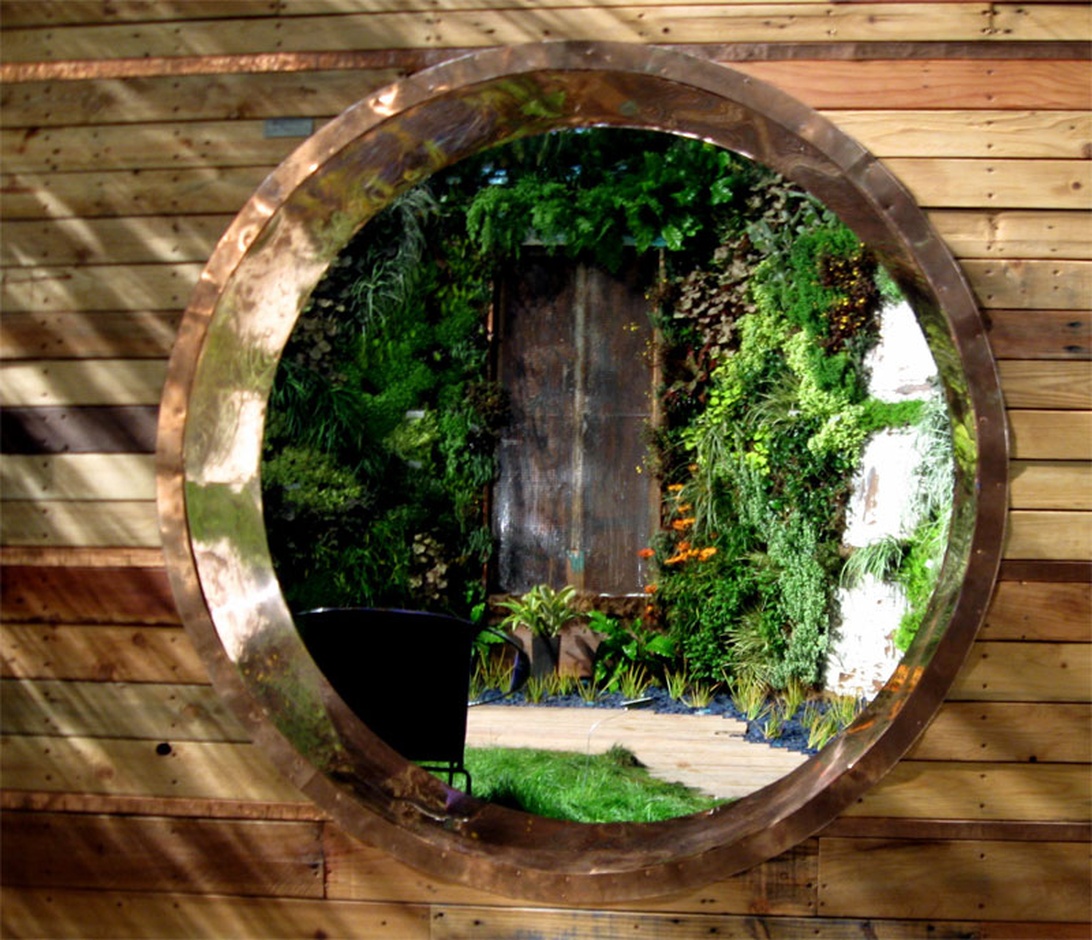How Digital Tools Are Transforming Modern Garden Planning and Design
I still remember sketching garden layouts on graph paper, armed with a pencil and a lot of hope. While there’s a romance to that manual process, the digital revolution has brought an incredible new dimension to gardening. It’s not about replacing the joy of feeling soil between your fingers; it’s about empowering our creativity with powerful visualization, intelligent automation, and seamless collaboration. These tools are turning ambitious visions into tangible, thriving realities more effectively than ever before.
From Blueprint to Breathtaking Reality
One of the most profound changes I’ve witnessed is in the power of visualization. The guesswork that once dominated garden planning is fading, replaced by tools offering stunning clarity. Modern landscape design software allows you to move beyond flat sketches to create interactive 3D models. Imagine taking a virtual reality walk through your future garden, seeing how the morning sun hits a planned patio or how the view from your kitchen window will change with the seasons. Many apps, like iScape or the free-to-use Planner 5D, even let you upload a photo of your yard and overlay plants and features directly onto it. This is a game-changer for maximizing every square inch with precision.
This technology goes deeper than just aesthetics. Advanced programs like Realtime Landscaping Pro can access vast plant databases, some with over 6,000 options, and even simulate plant growth over several years, helping you avoid overcrowding. I’ve found this incredibly useful for planning tree placement, as I can see how its future canopy will affect sunlight below. Some software can even perform a 24-hour light analysis, showing exactly how shadows move across your garden. This data is invaluable for ensuring sun-loving perennials and shade-dwelling ferns are placed perfectly from the start. For those exploring the best options, a wealth of powerful programs are available, with many top choices detailed by publications like Architectural Digest.
Unlocking Creative and Artistic Potential
Beyond the practicalities, these tools unlock a new level of artistry. With the ability to experiment endlessly without physical cost, you can be more daring. You can try out complex, flowing bed lines, test unconventional plant pairings, or even visualize ambitious projects like incorporating water features into small gardens with confidence. Professional-grade programs like SketchUp and Rhino 3D are now more accessible, allowing home gardeners to model intricate hardscaping and unique structures. Bringing these digital visions to life is a rewarding project that is made easier with the right essential landscaping equipment. This freedom to experiment digitally often leads to more personal garden spaces. It’s about giving you the confidence to build not just a garden, but a living work of art.

The Intelligent Garden That Cares for Itself
While design is the heart of a garden, maintenance is the daily reality. This is where the ‘smart garden’ revolution, inspired by technologies from robotics and even space exploration, is making a huge impact. It’s all about using data to create a responsive, resource-efficient environment.
Data-Driven Plant Care
Smart soil sensors are a perfect example. They can now monitor not just moisture but also temperature, pH, and nutrient content in real-time, sending alerts to your phone when your hydrangeas are thirsty or your vegetable patch needs a feed. This moves us from a schedule-based care routine to a needs-based one, which is far better for plant health. This data-driven approach extends to the entire ecosystem. Smart irrigation systems connect to local weather stations and will automatically skip a watering session if rain is forecast, conserving a precious resource and preventing the root rot that can come from overwatering.
Automation and Robotics
On a larger scale, AI is being integrated into maintenance tools. We now have robotic lawnmowers that use GPS to navigate complex layouts and AI-powered systems that can identify weeds or even detect early signs of plant disease from camera feeds. This technology doesn’t remove the gardener from the equation. Instead, it acts as an incredibly knowledgeable assistant. It frees you up to focus on the more creative and enjoyable aspects of gardening, like pruning roses or harvesting vegetables, though it’s always wise to use the right protective gear for gardening for those hands-on tasks.
A New Era of Shared Green Spaces
Garden planning is no longer a solitary activity. Digital tools have fostered an incredible environment for sharing and collaboration. Professional landscape designers can now create detailed 2D plans and immersive 3D models and share them instantly with clients, architects, and contractors anywhere in the world. Using cloud-based platforms, everyone involved can view the latest revisions and contribute in real-time, ensuring a cohesive final product.
This collaborative spirit mirrors a broader trend in the professional world. Just as forward-thinking workplaces achieve new levels of efficiency with tools like a social intranet from Omnia that enhances teamwork and knowledge sharing, landscape designers are using digital tools to build a shared vision. For the home gardener, this might mean sharing your digital plan with a friend for a second opinion or working with a remote designer for expert advice. It connects us, allowing ideas and inspiration to flow more freely than ever.
A Greener, Smarter Future for Your Garden
It’s truly an exciting time to be a gardener. Technology is not creating a cold, sterile approach to cultivation; on the contrary, it’s breaking down barriers. Whether you have a sprawling acreage, a tiny balcony, or are focused on creating a beautiful indoor space for gardeners, these digital tools are democratizing design. They provide the knowledge, precision, and confidence to bring ambitious ideas to life and empower those with physical limitations through automation, which can be particularly helpful for anyone wondering, is gardening a safe hobby after surgery? The fusion of nature’s timeless beauty with human ingenuity has opened a door to a future where our green spaces are smarter, more sustainable, and more deeply personal. I encourage you to explore these tools—the garden of your dreams is more accessible and achievable than ever before.
